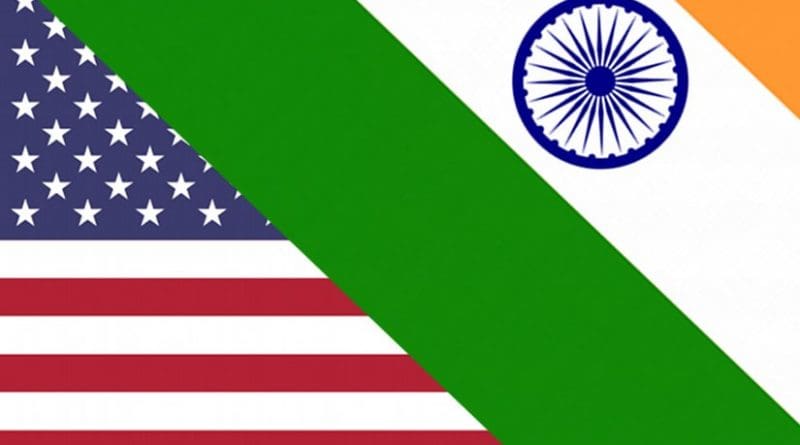US Silence Over Indian Missile Test – OpEd
Being a rational world power, China is trying to mitigate the risks. It has invested in a series of ports dotted all across the Indian Ocean, Seychelles, Maldives, Sri Lanka, Bangladesh, Myanmar and Pakistan. On the other hand it is investing in roads and rail links, and possibly gas pipelines from Bangladesh, Myanmar and Pakistan. Recipients of this aid get improved infrastructure, foreign investment and a chance to earn transit fees from China. In response, China is building alternate trade routes and its goods gain access to new markets. It is a win-win deal for all except India.
India monitors these Chinese investments with mistrust and as an attempt to encircle it. Accordingly, in turn, India is boosting its defense budgets, setting up new corps in the areas bordering China, investing in nuclear submarines and increasing the prowess of its navy and missile system program.
In this regard, India had successfully launched a missile with nuclear capability and a range of 3,100 miles, giving it the ability to strike Beijing and Shanghai, and heightening fears of an Asian arms race. With the launching of the missile (called Agni 5) India joins a small group of countries with long-range nuclear missile capability, including United States, France, Britain, Russia, Israel and the China.
India started its missile development program in 1983. It has suffered occasional setbacks, but last November India tested the Agni 4, which can hit targets up to 22,00 miles away. The last missile will soon be given to the army for operational use; the Agni 1, Agni 2 and Agni 3 were also given to the army. According to Indian government the Agni 5 weighs about 50 tons, 51 feet long and reached an altitude of about 430 miles in this test. The Agni 5 will be ready for operational use by 2014.
China’s immediate reaction to the test was subdued. At a regularly scheduled news briefing, Liu Weimin, a Foreign Ministry spokesman, said that India and China were not competitors but partners. The two countries should work hard to uphold friendly strategic cooperation for peace and stability in the region.”
According to Chinese media the missile does not pose a threat in reality; because the accuracy of the missile’s guidance systems and its 50-ton-plus weight would force the missile to be launched from a fixed location, which could be the easy target. While India claims that the missile can be launched from a mobile platform.
It is true that the Chinese missile program is not directed at India, and the Chinese have reassured India of that, but now the India missile program is clearly directed to China, which New Delhi hopes will serve as a deterrent against China, its regional rival. But India should be clear that China’s nuclear power is stronger and more reliable. For the foreseeable future, India would stand no chance in an overall arms race with China. And a successful test fire, although a positive sign, does not mean the ballistic missile is operationally ready. That could still take a few more years of tests.
The launch was reported all over the world, as all eyes were on India. Oddly the United States didn’t term it as a “threat, violation or provocative act” like it did with North Korea, showing it has an obvious double standard when it comes to such missile tests. We are at a complete loss to explain why it is no problem that India is firing a missile, while it is a problem with North Korea?
The United States, which led the criticism of North Korea’s missile launching, appeared to warily endorse the Indian missile launching. Mark C. Toner, a State Department spokesman said that we urge all nuclear-capable states to exercise restraint regarding nuclear capabilities. India has a solid nonproliferation record and has a “no-first-use” policy.
The launching comes amid growing international apprehension about the militarization of Asia and a stepped-up strategic rivalry between the United States and China in Asia. In March, China announced a double-digit increase in military spending, while India recently became the world’s top arms buyer, displacing China, in part because China has increased domestic production of weapons. On Thursday, South Korea also tested a missile capable of hitting anywhere in North Korea. The US dual policy will increase militarization in the region which could affect the peace and prosperity of the region.

